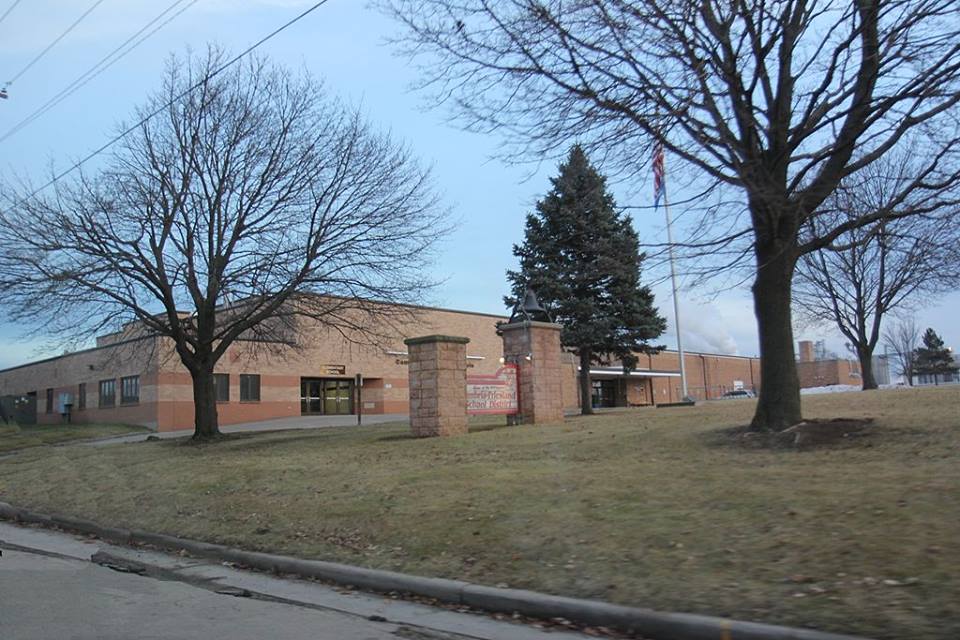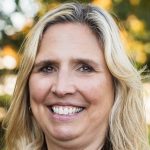Rural Areas Need Voucher Schools
The lowest performing school district in the state is in a rural area.
Some might be surprised to learn that the lowest performing school district in the state according to the most recent state report card isn’t Milwaukee Public School district, but rather rural Cambria-Friesland—population 767—located between Madison and Fond du Lac in Columbia County. In this district, proficiency rates in math and language arts substantially lag state averages. A staggering 63% of the district’s eight graders scored in the lowest proficiency category on the Forward Exam.
Sadly, Cambria-Friesland is not an outlier. And while the education reform debate in Wisconsin too often focuses solely on Milwaukee, rural and small town Wisconsin face similar challenges of poverty and poor education that must be addressed.
The solution put forward by policymakers to address the challenges in rural and small town districts is, unsurprisingly, an influx of more money. But there is little evidence that increasing funding leads to better student outcomes. And funding to rural Wisconsin school districts has increased by more than $2,000 per student over last decade despite declining enrollment.
Skeptics might suggest that private school choice can’t work in rural areas because of an insufficient supply of private schools to choose from. But approximately 82% of all private schools in the state have addresses outside of Milwaukee, and one fifth of those schools are in rural counties.
The single biggest impediment to the statewide school choice program are unfair regulations that prevent a student in Wausau from accessing the same types of education alternatives available to students in Milwaukee or Racine. Enrollment caps allow only one percent of kids in a particular district access to a voucher, leading to waiting lists and lost hope. Moreover, income caps, below those in the Milwaukee and Racine programs, deny access to families of low and moderate incomes.
Removing these limitations on growth would go a long way to fostering an educational marketplace within the WPCP. The incentive to compete for students would be expected to raise performance in choice and public schools. Access to a larger pool of new students would incentivize high performing private and charter schools to expand into new areas of Wisconsin, providing families with choices they may never have imagined.
If lawmakers bring the standards of the WPCP in line with those of programs in Milwaukee and Racine, the accident of a child’s zip code will no longer determine their access to a high quality education alternatives. The evidence is mounting that school choice works, and there is little reason to expect that fostering an education marketplace in rural areas will be any less effective than it has been in Milwaukee.
By Will Flanders, PhD, Research Director at the Wisconsin Institute for Law & Liberty, and Collin Roth, Research Fellow at WILL
Op-Ed
-
Unlocking Milwaukee’s Potential Through Smart Zoning Reform
 Jul 5th, 2024 by Ariam Kesete
Jul 5th, 2024 by Ariam Kesete
-
We Energies’ Natural Gas Plans Are A Mistake
 Jun 28th, 2024 by John Imes
Jun 28th, 2024 by John Imes
-
Milwaukee Needs New Kind of School Board
 Jun 26th, 2024 by Jordan Morales
Jun 26th, 2024 by Jordan Morales




















“But there is little evidence that increasing funding leads to better student outcomes.” And despite the assertions in this article there is little evidence that increasing vouchers leads to better student outcomes.
How does a PhD help to author an article (even if it is an op ed) but not leave any citations/links to sources?
What the school needs is better funding, not vouchers. The state has been extremely remiss in providing an adequate education for ALL the state’s children. Vouchers are not the answer to Act 10.
The Wisconsin Institute for Law and Liberty, a Mike Grebe Institute, founded by the wealth of Harry Bradley, founding member of the John Birch Society in Milwaukee. Experienced propagandists. Nothing more, nothing less. Grifters loyal only to their love of money and those who have it. Another 401c organization that exists tax free, to undermine democracy.
Independent assessment shows private schools do no better, in fact many worse, than public schools. It IS all about poverty and the ensuing chaos. I worked with emotionally disturbed children in Canada in a residential setting. These kids came from “chaotic” families, poverty, addictions, violence and parents that were mentally ill. Most were failing in school academically and/or socially. After a period of home schooling, a stable home life (in treatment) and dealing with their emotional issues almost all were able to go “out” to school and did fine. My DH teaches in an urban high school with a 60%+ poverty rate and from his description of some of the students it is obvious that they are suffering from emotional problems and neither they nor their families are getting the intervention or help they need. FYI, I have heard repeatedly that poverty and the school failure rate for rural kids is nearly as high as urban, now I understand it can be higher. Failure socially/educationally as early as kindergarten but no later than 5th grade should immediately be dealt with by support services to the family in order to avoid failures later. Early education needs to occur in much smaller classes and be staffed by teachers with special training that teaches them to pick up on emotional issues.
Hat tip to you Ingrid Buxton.
“Approximately 82% of all private schools in the state have addresses outside of Milwaukee, and one fifth of those schools are in rural counties.”
None of them are in the Cambria-Friedland district, however, as a quick Google search will show you. Which makes it particularly disingenuous to argue that vouchers would help those rural students.
Voucher schools are probably not the most practical solution for rural areas. As stated, they are few and far between. To Ingrid’s point, just as in MPS, we probably need a higher concentration of resources to help kids who have a traumatic background. Thus, just as in my support of breaking MPS up into several districts so we can concertrate such support in the highest needs part of the city, I believe we should merge school districts of these small township districts.
By merging small districts, for example: Cambria-Friesland and Randolf schools that are 7 min apart, we can save money on infrastructure and focus it on getting children the support they need. Just like post offices, we keep too many rural locations open just for the sake of history and emotional attachment to the town’s building. It’s time to re-examine the entire structure.
AG are you thinking of a specific model when you talk of supporting MPS into several districts? Why would that work? Who has successfully done it?
I realize my short answer is going to open up a lot of holes to criticism, but I’m short on time.
Breaking it up into small districts would make schools more agile in change, make shortcomings more apparent, create buy-in from neighborhoods (if focused as neighborhood schools, which is my hope), and keep the bureaucracy to a minimum. Fact is, different parts of the city have very different challenges.
Take NYC for example, in 1969 they broke up into 32 districts. Largely it created a system were more middle class areas had thriving districts and low income really tanked. I’d like to take that model, but instead of letting the low income areas languish, really focus the resources there. Extremely small class sizes, a much higher ratio of social services resources, etc.
You can still throw in a few shared resources like magnet high schools and whatnot. Overall, this is to find some low hanging fruit that we can improve now and free up our ability and resources to address the stuff that really needs addressing most.
“I’d like to take that model, but instead of letting the low income areas languish, really focus the resources there. Extremely small class sizes, a much higher ratio of social services resources, etc.”
This can only be done by breaking MPS into districts? How many districts? And since it didn’t work in NYC, is there no successful model to use? Isn’t that problematic?
Isn’t the enrollment cap one per cent per year?
That is, an additional one percent each year will be allowed vouchers.